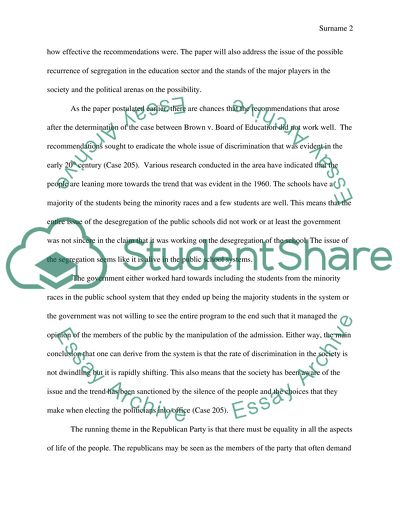Cite this document
(“Brown v. Board of Education and how it effects racial issues today in Essay”, n.d.)
Brown v. Board of Education and how it effects racial issues today in Essay. Retrieved from https://studentshare.org/history/1630557-brown-v-board-of-education-and-how-it-effects-racial-issues-today-in-socicity-and-politics
Brown v. Board of Education and how it effects racial issues today in Essay. Retrieved from https://studentshare.org/history/1630557-brown-v-board-of-education-and-how-it-effects-racial-issues-today-in-socicity-and-politics
(Brown V. Board of Education and How It Effects Racial Issues Today in Essay)
Brown V. Board of Education and How It Effects Racial Issues Today in Essay. https://studentshare.org/history/1630557-brown-v-board-of-education-and-how-it-effects-racial-issues-today-in-socicity-and-politics.
Brown V. Board of Education and How It Effects Racial Issues Today in Essay. https://studentshare.org/history/1630557-brown-v-board-of-education-and-how-it-effects-racial-issues-today-in-socicity-and-politics.
“Brown V. Board of Education and How It Effects Racial Issues Today in Essay”, n.d. https://studentshare.org/history/1630557-brown-v-board-of-education-and-how-it-effects-racial-issues-today-in-socicity-and-politics.


